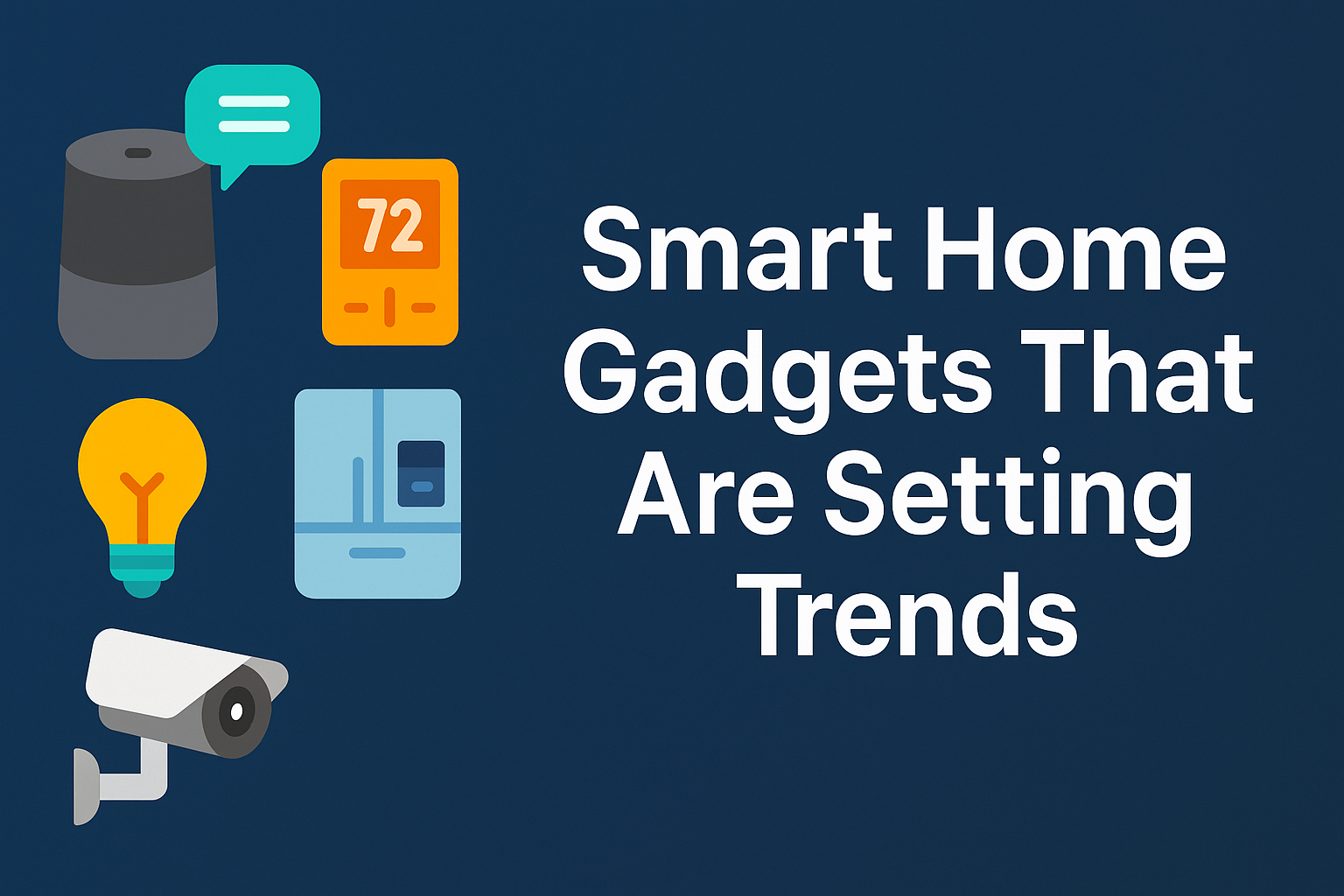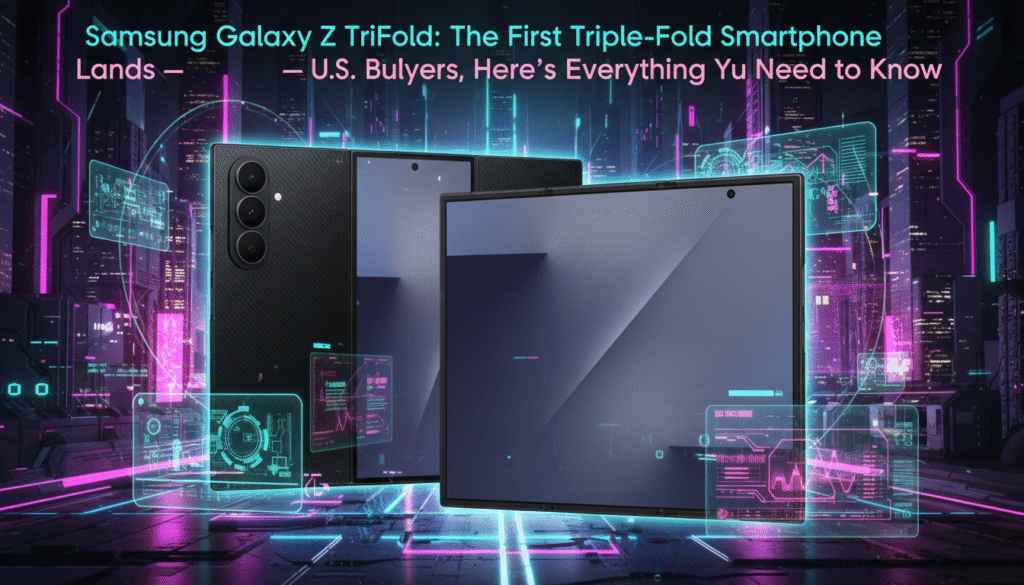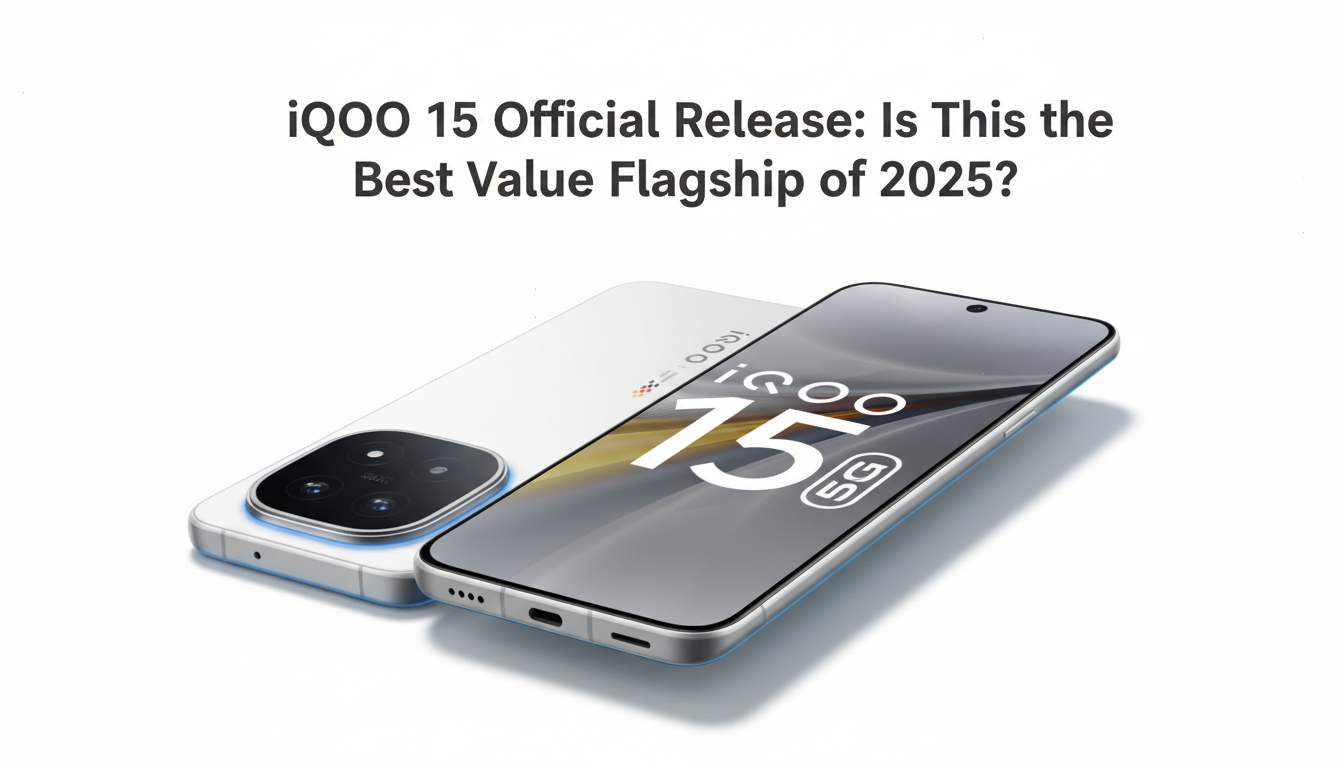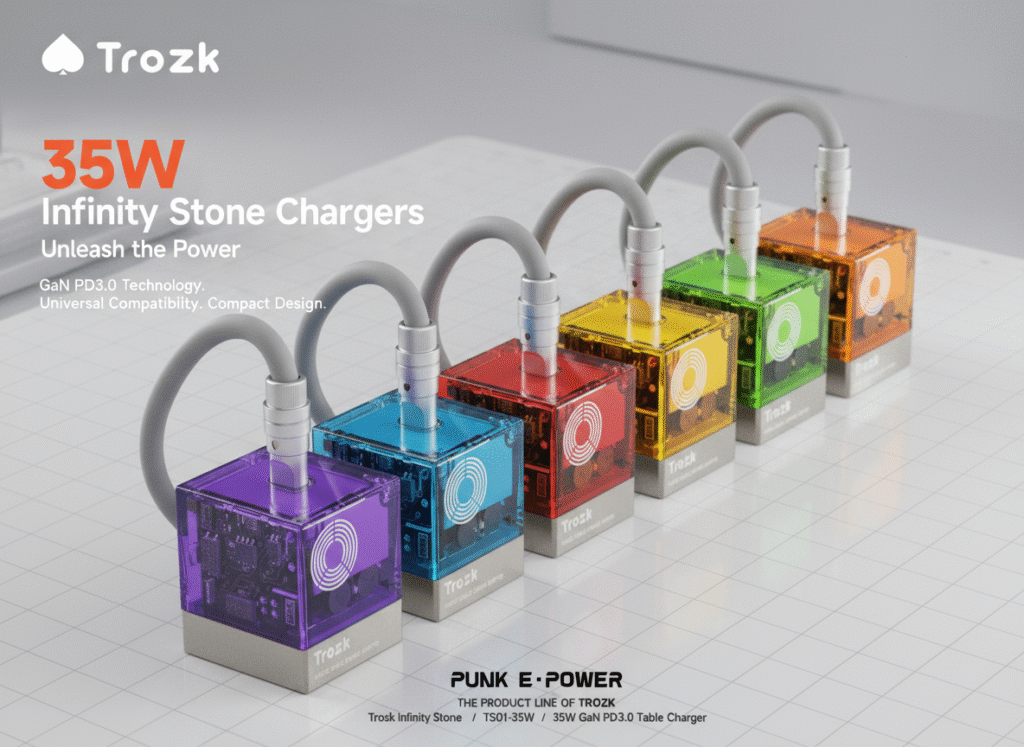
Smart home technology is no longer a futuristic concept—it’s a mainstream lifestyle revolution. As we move deeper into 2025, homes are becoming increasingly intelligent, adaptive, and energy-efficient. These innovations go far beyond controlling lights or asking a virtual assistant about the weather. We’re witnessing a true transformation in how we live, interact with technology, and manage our personal environments.
In this article, we’ll explore the top trending smart home gadgets in 2025, why they matter, and how they’re reshaping modern living.
1. AI-Powered Smart Speakers with Emotional Intelligence
The latest evolution of smart speakers isn’t just about voice commands. Devices like the Amazon Echo Emotion and Google Nest Quantum integrate emotional AI, enabling them to detect the tone, pitch, and cadence of your voice.
These advanced assistants can:
- Detect stress or sadness in your voice
- Offer calming music or meditative breathing
- Adjust lighting and temperature to help shift mood
- Send alerts if signs of depression or anxiety persist
Why it’s trending: This shift toward emotional awareness reflects a growing demand for empathetic technology that supports mental wellness and adapts to users on a deeper level.
2. Adaptive Smart Thermostats
Devices like the Nest Learning Thermostat (5th Gen) and Ecobee Vision AI do more than just remember your preferences. They analyze real-time environmental data such as:
- Outdoor temperature and weather forecasts
- Energy pricing in your region
- Home occupancy patterns
With this information, they optimize heating and cooling schedules to minimize energy usage while keeping you comfortable. Some models even offer carbon footprint tracking, allowing users to monitor their environmental impact in real-time.
Why it’s trending: With sustainability and energy costs top of mind, homeowners are seeking smarter ways to manage utilities without sacrificing comfort.
3. Smart Security Systems with Edge AI and Facial Recognition
Home security is smarter, faster, and more proactive thanks to AI-driven cameras and sensors. Leading solutions like the Arlo Secure AI and Ring Protect Pro 2025 offer:
- Facial recognition for known residents and frequent visitors
- Object classification to distinguish pets, packages, and people
- Edge computing for faster local processing (without needing cloud access)
- Integration with emergency response services
Many systems also integrate with smart locks, doorbells, and lighting, creating a truly responsive security network.
Why it’s trending: Enhanced privacy, real-time alerts, and local AI processing help reduce false alarms while boosting user confidence.
4. Predictive Maintenance in Smart Appliances
Today’s smart appliances aren’t just connected—they’re self-aware. Products from LG ThinQ, Samsung Bespoke AI, and Whirlpool SmartSense offer features like:
- Predictive maintenance alerts before a failure occurs
- Usage analytics to improve efficiency
- Auto-ordering of parts or detergent via connected apps
- Remote diagnostics and repair support
For example, a smart washing machine might alert you that the motor is showing signs of wear and recommend a service check before it fails.
Why it’s trending: Reduces long-term maintenance costs and appliance downtime while providing peace of mind.
5. Multi-Biometric Smart Locks
Security meets convenience in the latest generation of smart locks. Devices like the Ultraloq U-Bolt Pro WiFi and Lockly Vision Elite offer:
- Multiple biometric authentication (fingerprint, facial, and voice recognition)
- Remote unlocking via app or smartwatch
- Integration with smart doorbells and cameras
- Real-time access logs for tracking entries and exits
Some models even use AI to detect abnormal behavior, such as repeated failed attempts, and automatically notify the homeowner or trigger lockdown mode.
Why it’s trending: Biometric locks offer unmatched convenience while addressing concerns about physical keys or simple passcodes being compromised.
6. Context-Aware Smart Lighting
Lighting systems have become much more than programmable LEDs. Companies like Philips Hue Gradient AI and Nanoleaf Sense are creating responsive lighting systems that can:
- Adjust based on time of day and natural sunlight levels
- Change color temperatures depending on your activity (reading, working, relaxing)
- Sync with media for immersive entertainment experiences
- Respond to voice, gesture, or presence sensors
Why it’s trending: Smart lighting contributes to better sleep, improved mood, and increased productivity while reducing energy usage.
7. Tech-Integrated Smart Furniture
2025 is the year when smart furniture goes mainstream. Manufacturers are embedding technology directly into items like:
- Smart beds that track sleep stages, heart rate, and adjust firmness
- Coffee tables with wireless charging pads, Bluetooth speakers, and mini-fridges
- Work-from-home desks with built-in cable management, power hubs, and air purification
Companies like Sobro, Eight Sleep, and Herman Miller Smart Office are leading this charge.
Why it’s trending: Combining comfort, health, and tech adds value without increasing visual clutter.
8. Universal Smart Home Hubs with Matter Compatibility
Interoperability used to be a major pain point in smart home setups. In 2025, Matter—a new open-source standard backed by Apple, Google, and Amazon—is solving this issue.
Smart hubs like Samsung SmartThings Station 2.0 or Apple Home Hub Max allow seamless communication across brands and ecosystems. They support:
- Unified control of all smart devices
- Faster local execution without relying on cloud servers
- Increased privacy and reduced latency
- Easy onboarding for new gadgets
Why it’s trending: Consumers want reliability, speed, and simplicity—Matter-compatible hubs deliver all three.
9. Health-Tracking Devices for Home Environments
With wellness a top priority, smart home systems are increasingly tracking:
- Air quality (PM2.5, CO2, humidity)
- Noise pollution
- UV exposure near windows
- Water consumption and leakage
Devices like Awair Element, uHoo Smart Air Monitor, and Phyn Smart Water Assistant offer real-time alerts, health recommendations, and app-based analytics.
Why it’s trending: Homes aren’t just smart—they’re becoming proactive about our health and the environment.
Final Thoughts: The Smart Home as an Intelligent Ecosystem
The smart home of 2025 is not a collection of independent devices—it’s a fully integrated, learning ecosystem designed to make your life easier, safer, and more efficient. From emotionally intelligent assistants to wellness-focused tech and secure access systems, these gadgets are turning homes into intuitive partners in daily living.
What’s Next?
Expect even greater integration of AI, machine learning, and robotics in the coming years. Think robotic kitchen assistants, autonomous cleaning bots that map your home in 3D, and walls that change opacity for privacy or solar control.If you’re planning to future-proof your home, now is the time to adopt these trend-setting smart devices.





